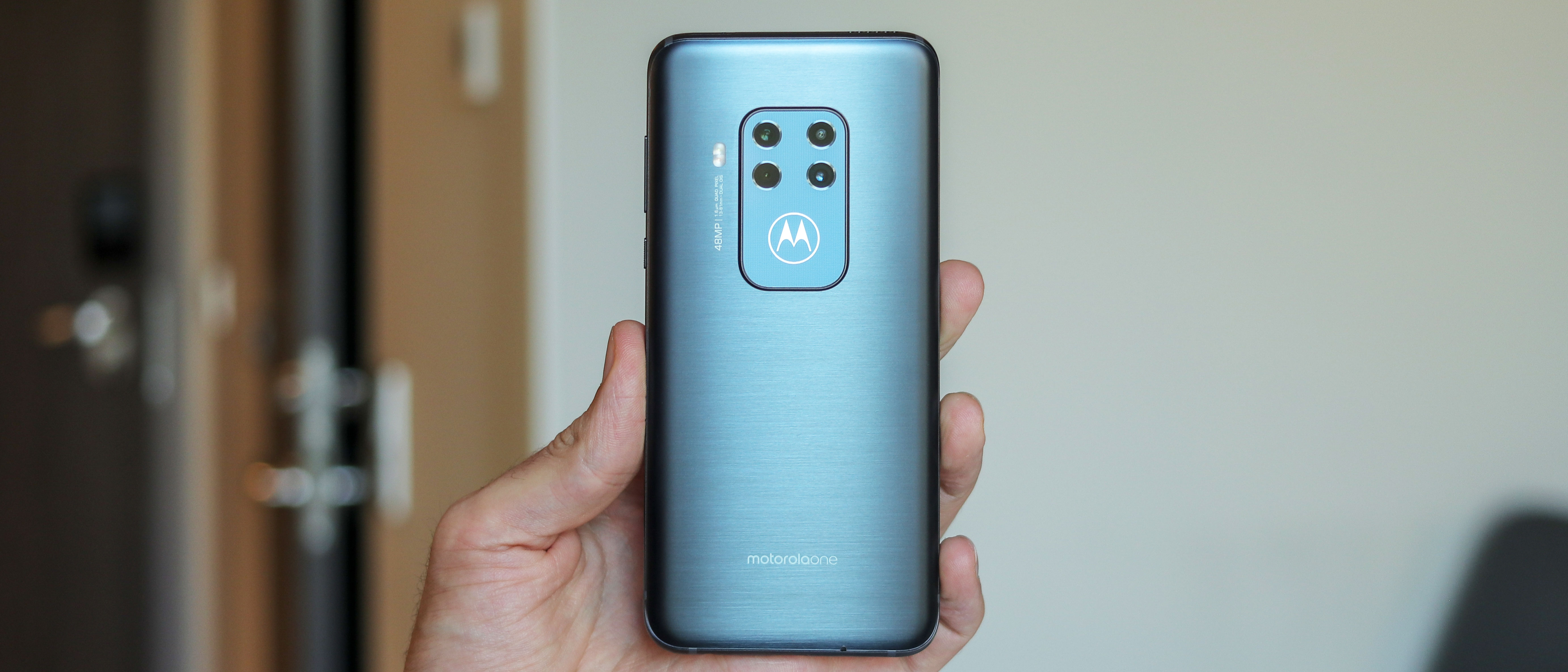Why you can trust TechRadar
Battery life
- 4,000mAh battery
- TurboPower charger in the box
The Motorola One Zoom is the biggest screened One-series device from the company to date, and thankfully, it has the biggest battery in the family too. While it isn’t quite a Moto G7 Power-capacity 5,000mAh monster, at 4,000mAh, it’s still very respectable.
In day to day use, it easily made it through a full day with about 30% remaining, even on our heavy-use days, tethering and picture taking with the screen at about 50-80% brightness.
The phone’s screen-on time is respectable too, with 90 minutes of HD movie playback at max brightness dropping the battery by just 9%. There's a Battery Saver feature too, so if you need to keep it going longer, you can.
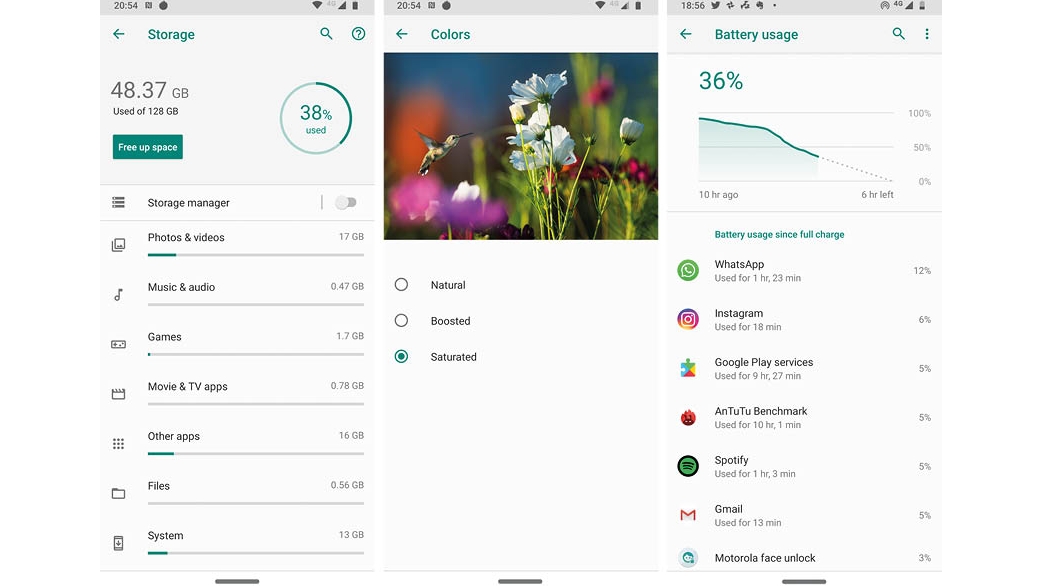
In the box, you get a 15W fast charger, which is a smidgen slower than the 18W charger in the Xiaomi Mi 9T and Mi 9T Pro box, but will still power up the phone in under an hour and a half, which isn’t bad going at all.
Camera
- Quad-lens with 48MP primary camera
- Telephoto, ultra-wide and depth cameras
- Up to 4K video capture
With a name like One Zoom, it’s little wonder that this phone gets you closer to the action than anything else in its price bracket. It has a 3x optical zoom, the same as found on the OnePlus 7 Pro and Mate 20 X 5G.
The primary wide angle camera is 48MP with an open f/1.7 aperture to let in a good amount of light, and it packs phase detection autofocus (PDAF) too. Next, the telephoto camera clocks in at 8MP with an f/2.4 aperture. Both of these lenses have optical image stabilization (OIS).
As for the ultra-wide camera, this features a 13mm focal range, 16MP resolution and an f/2.2 aperture. Finally, the fourth camera is a 5MP depth sensor.

The results across all four are very good for the price. The Motorola One Zoom grabs plenty of detail in automatic mode, capturing accurate colors for the most part without boosting saturation too aggressively. Dynamic range is decent, and while the initial shot looks mediocre, once processing wraps up - usually after about one second - the image looks evened out.
Now, this isn’t iPhone 11 Pro good, with higher contrast and less nuance grabbed by Motorola’s phone, but at almost a third of the price, that’s hardly a fair comparison.
Images shot on the ultra-wide camera pack a bit of barrel distortion compared to phones like Sony's Xperia 1, which offers correction in the settings, but it isn’t terrible provided you don’t have any faces near the edge of the frame, which would result in a very warped smile indeed.
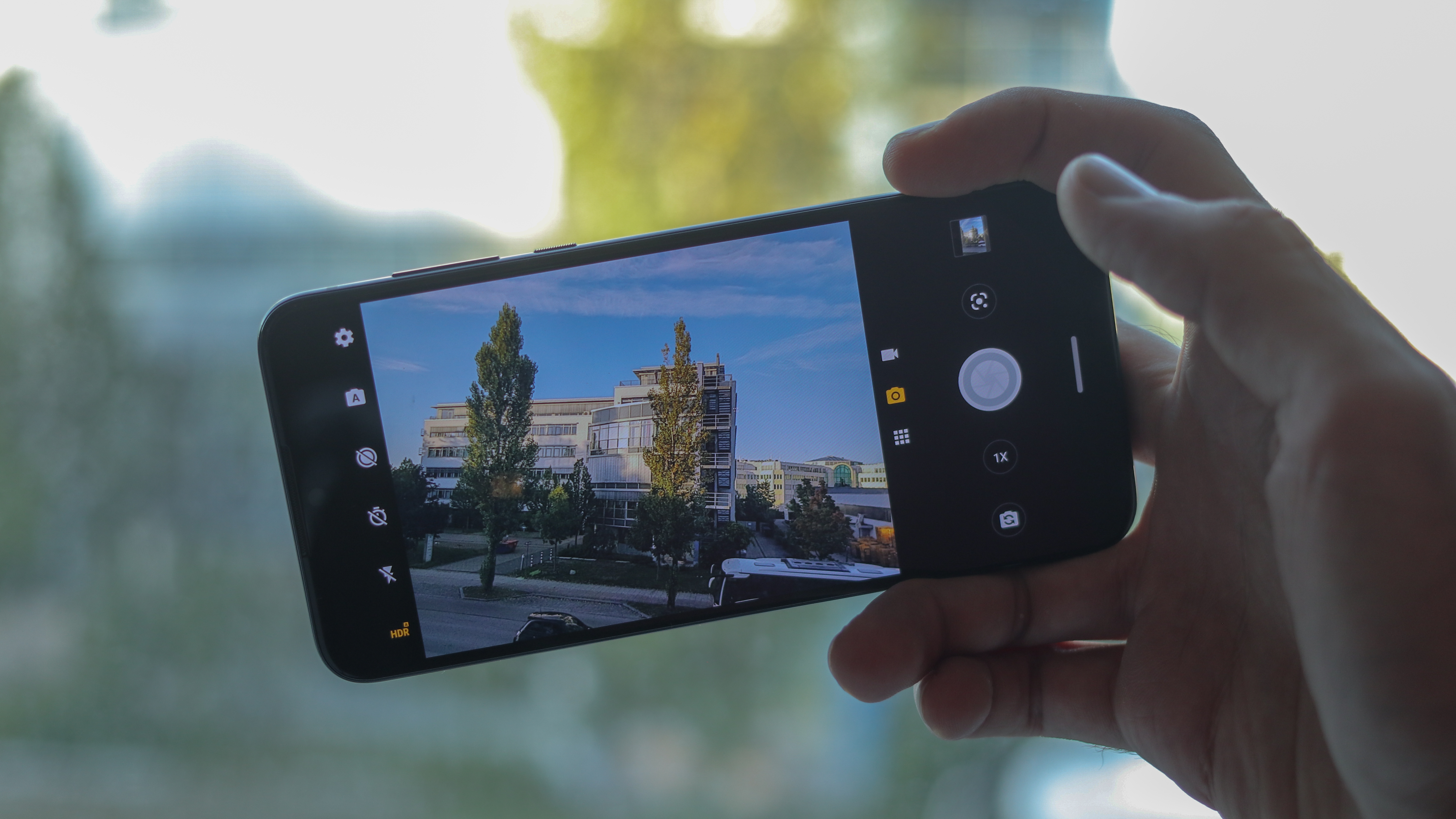
When dark, the phone prompts you to flip to Night Mode, and it works wonders even when available light is limited. While it can't stack up to the Huawei P30 Pro, which can shoot night mode shots in auto mode, photo quality isn't too far off given the price of the One Zoom. One downside to the Motorola One Zoom’s night mode - it’s only supported on the main lens.
Motorola has also loaded up background defocus modes, as well as a range of effects to take advantage of the phone's dedicated depth sensor. There’s a manual control too, and RAW capture, so pros can flex their photographic muscles. You also get Cinemagraph which can create fun gifs, and a Spot Color mode.
Video is captured at up to 4K, 30fps and is held together nicely thanks to the optical and electronic image stabilization at play, though in low light, as with most phones, things start to fall apart.
The Motorola One Zoom’s 25MP selfie camera features an f/2.0 lens, and delivers solid results, with ample detail. There’s no autofocus, and no front flash either, though the screen flash is mighty powerful, so illuminates selfies admirably.
Camera samples


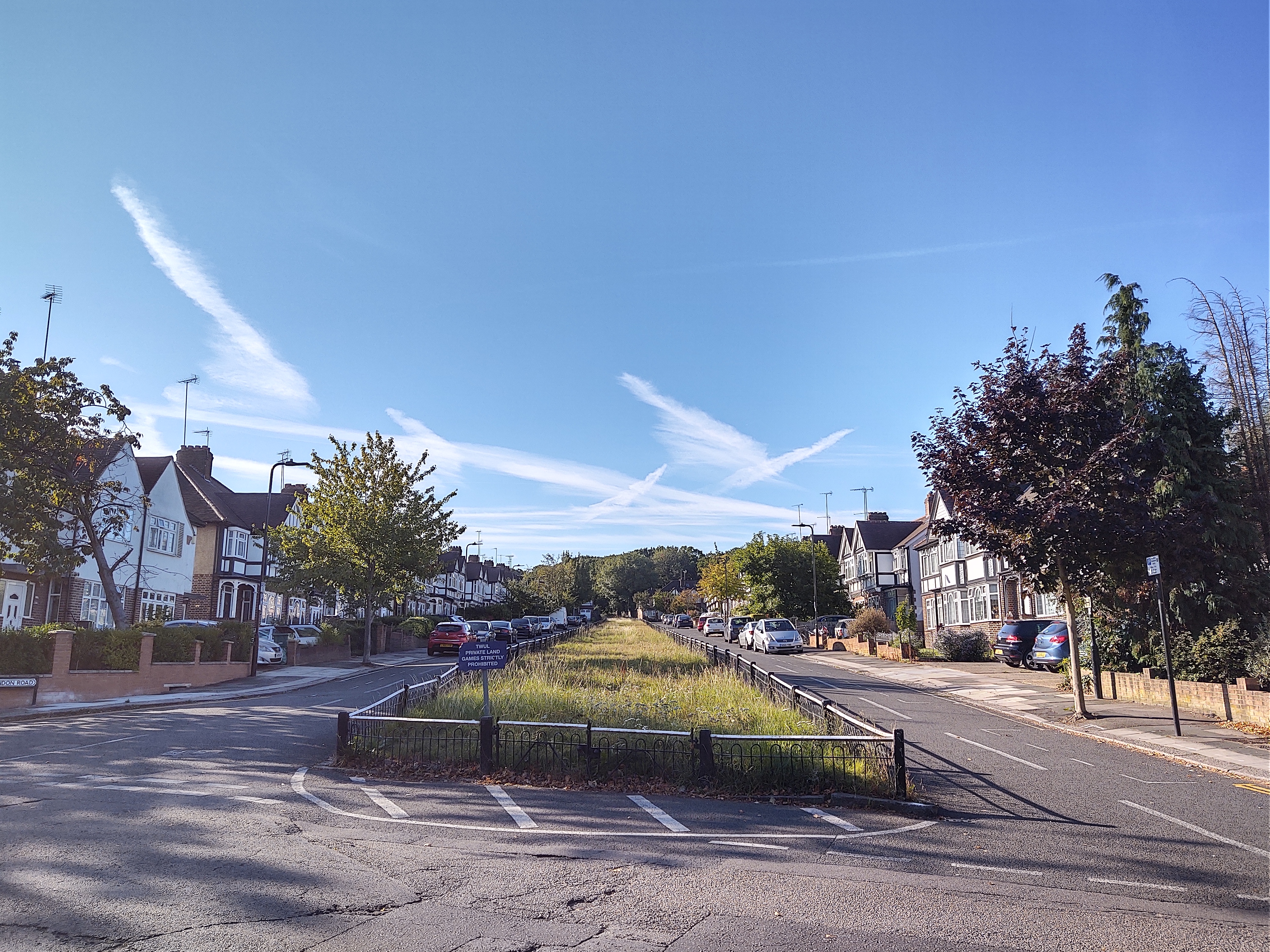


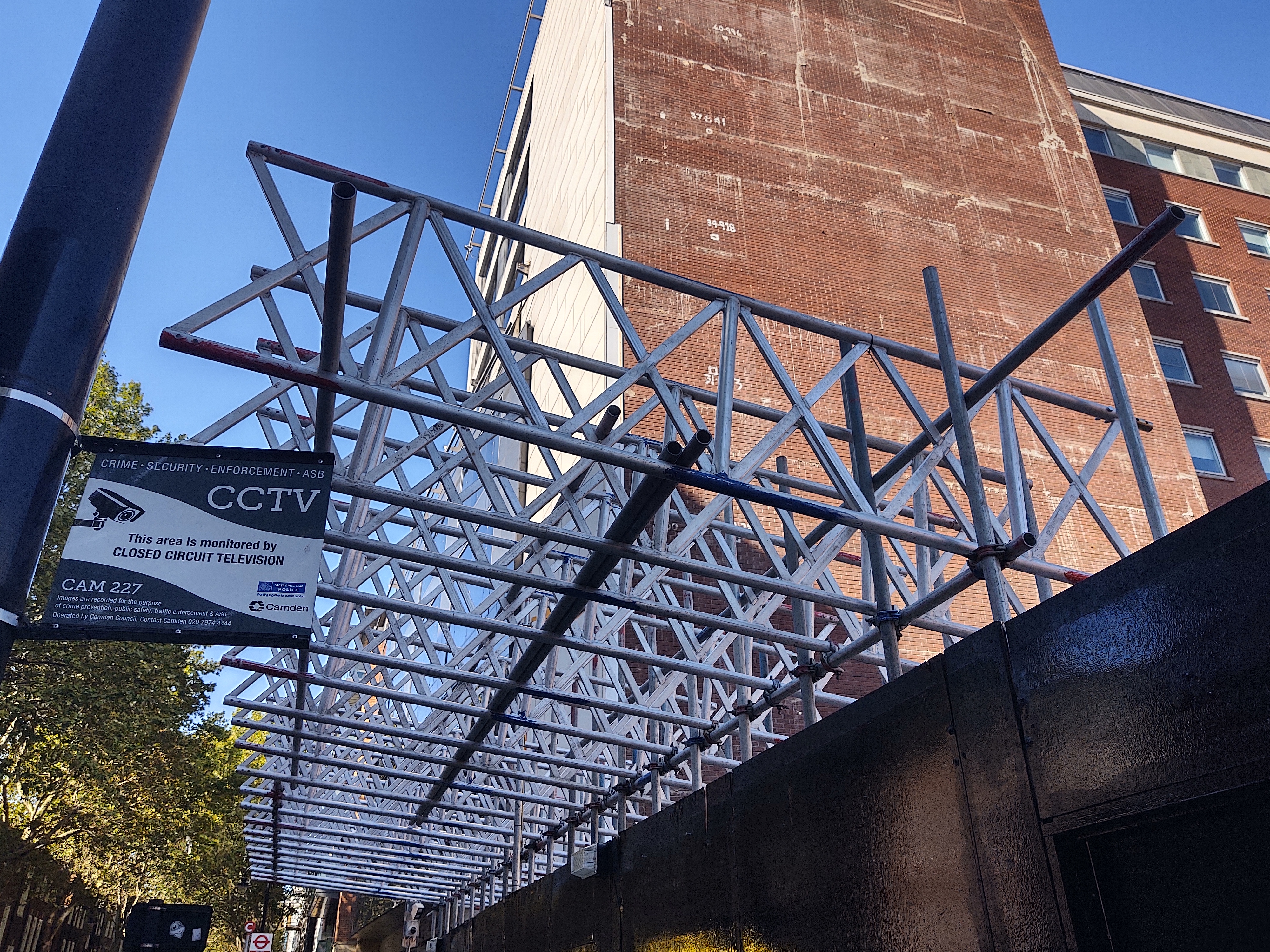
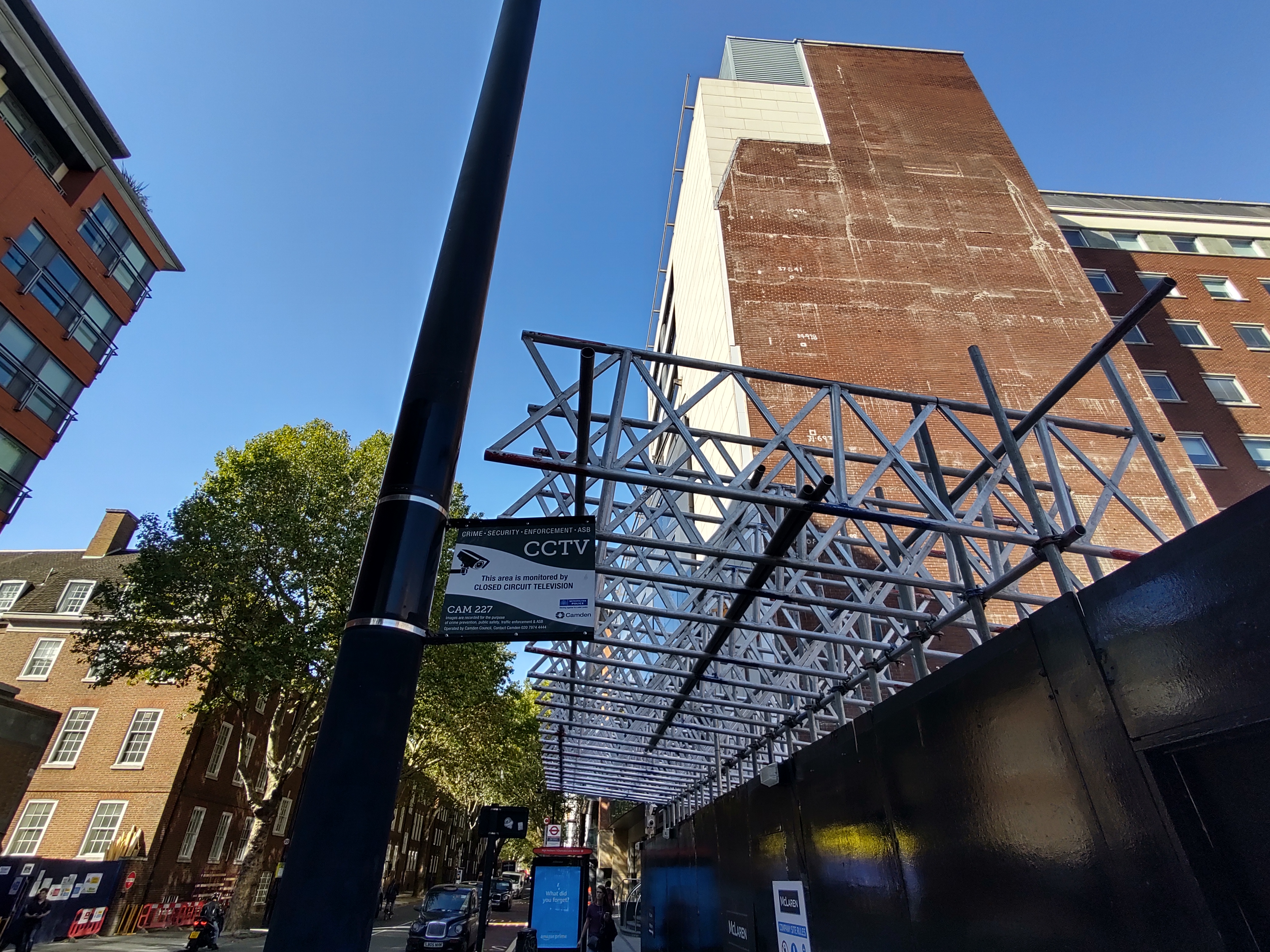

Current page: Battery life and camera
Prev Page Introduction, design and display Next Page Anything else I should know?Basil Kronfli is the Head of content at Make Honey and freelance technology journalist. He is an experienced writer and producer and is skilled in video production, and runs the technology YouTube channel TechEdit.
